All parents want their kids to grow up healthy, strong, and energetic, and a huge part of that depends on what they consume in their diet. For this purpose, you have to encourage healthy eating habits in your child. But let’s be realistic, convincing kids to choose carrots over cookies is never easy. But you can make it less complicated by making it fun, practical, and consistent.
This guide shares not only healthy eating tips, but also tools and lifestyle tweaks to make healthy and nutritious food a part of your child’s routine.
Check out: Snack Time Made Easy: Healthy Snacks Toddlers Eat
1. Offer Balanced and Colorful Plates
A visually appealing meal can lure anyone to eat it. Try to include colorful food on your child’s plate. Imagine eggs, spinach, carrots, rice, broccoli, and rice all presented beautifully on a plate. This can go a long way in encouraging your little one to eat well.
Use divided plates, portion control meal containers, or a bento-style lunch box to serve balanced meals without guesswork.
2. Make Healthy Snacks Convenient

Snacks don’t have to be sugary or processed to be tempting. Simple healthy snacks presented in an approachable and appealing way encourage children to eat them. Stock your fridge or pantry with easy-to-grab options like sliced fruits and vegetables, whole grain crackers, yogurt, nut butter, or smoothie ingredients.
Display these things in attractive food containers, storage boxes, snack dispensers, and child-safe blenders.
3. Create a Mealtime Routine That Works
Kids demand a structured routine. When meals and snacks happen around the same time each day, it helps them know what to expect. Another benefit is that routine reduces random munching and grazing. Sometimes the same schedule bores the child, make it fun by adding playful utensils and kid-friendly food trays. These things encourage your child to sit down at the table for something to look forward to.
Using toddler dining sets, placements, or booster chairs can keep masses restricted and contained in a specific area.
4. Let Them Help with Food Choices

Involving your toddler in grocery shopping and cooking can develop healthy eating habits in your child. Let them pick what vegetables or fruits they want to eat or make them choose between two healthy foods at snack time. You can even ask them to help you wash vegetables, mix ingredients, or make their lunch boxes.
Child-safe kitchen tools like a mini apron, knife, and step stools can engage them more and make them feel like real chefs.
5. Tools to Make Food More Appealing
Kids find food cut in different forms exciting and attractive. You can use cookie cutters to cut healthy sandwiches, spiralizers for veggies, silicone reusable cups for baking, or character-based plates for your kids. This lessens the effort and helps picky eaters explore new tastes and ideas.
6. Keep a Snack Station at Home

Designate a spot in the kitchen or fridge with the help of pantry organizers, fridge bins, or snack drawers just for healthy snacks. Fill it with boiled eggs, popsicles made of fruits, yogurt tubes, mixed nuts, trail mix, etc., so that children can pick themselves. This also provides independence while keeping their choices in check.
7. Be a Role Model
Healthy food diets mostly start with what parents show them instead of telling them. Kids mimic what they see. If you are always reaching out for processed snacks, sodas, and skipping meals, they’ll likely do the same. But if they see you enjoying salads, water, fruit, and a balanced diet, they’ll do it too.
Try to show your little one what a healthy diet and lifestyle look like through your actions. Be a parent of, who has healthy eating habits of your healthy child.
8. Encourage Hydration
Sugary drinks are tempting for both kids and adults. But these drinks derail healthy habits quickly. Make your child drink water throughout the day, but again, turn this into a fun activity. Use reusable cups with different types of straws, fruit-infused water bottles, or even hydration reminder gadgets.
9. Pack Smart Lunches for School
Make sure your child eats healthy, even when you are not around. A well-packed lunch box is perfect for this purpose. Include protein, fiber, and a vitamin source along with vegetables or fruits. Add a small treat to make it all around and fun.
Use eco-friendly cutlery sets, thermoses, insulated lunch boxes, and leak-proof containers to keep food fresh and flavorful.
10. Don’t Label Food as Good or Bad

Don’t give a negative image to a certain food. It’s important to create a healthy and positive mindset in your child regarding food. Instead of calling sweets “bad” or forcing your child to eat “good” food, educate them about their benefits and disadvantages. For example,
- “Carrots help you see better at night.”
- “Yogurt gives your tummy good bacteria.”
- “Chicken helps your muscles grow.”
Focus on healthy habits for kids and let them know how different foods help their bodies, instead of pressure and shame.
Also read about: What to Feed a Picky Toddler: 10 Healthy Toddler Meal Ideas
Frequently Asked Questions:
1. How often should my child eat each day?
Most children eat three meals in a healthy amount, along with 1-2 snacks per day. Keep things in an accessible place in food containers and a snack station to keep options open.
2. What are some good protein options for kids?
Eggs, lentils, cheese, beans, yogurt, chicken, and nut butter are common sources of protein for kids. Use insulated containers and reusable food boxes to keep them fresh and within the kids’ reach.
3. Are smoothies a good way to encourage healthy eating?
Yes, smoothies are a good source to hide fruits, green vegetables, and protein. Also, smoothies are a perfect way to feed picky eaters by blending a combination of fruits.
4. How can I limit junk food without being too strict?
A simple way is to keep junk food out of your kid’s sight and temptingly offer healthy food. Save treats for special events, but don’t make them seem like a reward.
5. What if my child refuses vegetables completely?
Try blending them into smoothies, sauces, or baked goods. Offer dips like hummus or yogurt to make raw veggies tastier. A fun food chart or sticker reward system can also encourage exploration without pressure.
6. What should a balanced meal for a child look like?
A balanced plate includes protein (like chicken or beans), whole grain (rice, pasta, or bread), vegetables or fruits, and healthy fats. Using divided plates can help visualize portion sizes for kids.
A healthy meal doesn’t mean you have to make perfectly balanced and calculated food every single day. It’s about small efforts and making a fun and engaging environment that helps your toddler to have healthy eating habits and explore beneficial food. Keep stocking and serving different snacks, healthy fruits, and veggies. Don’t forget to use creative and exciting tools and utensils.


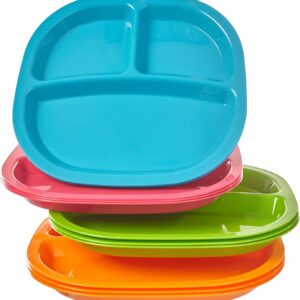
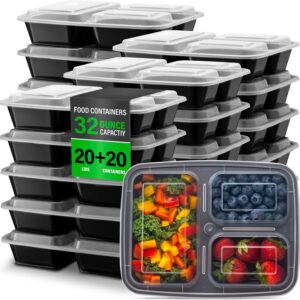
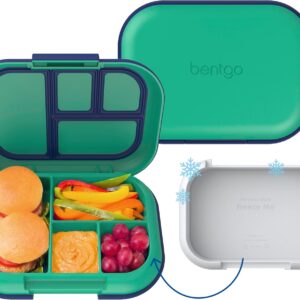

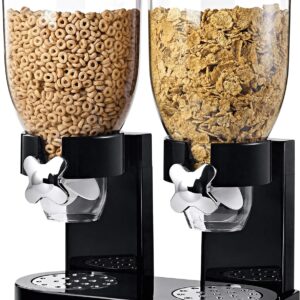
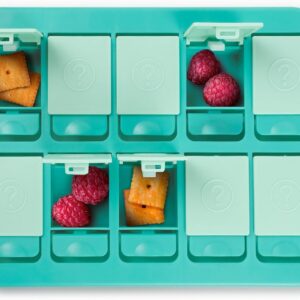
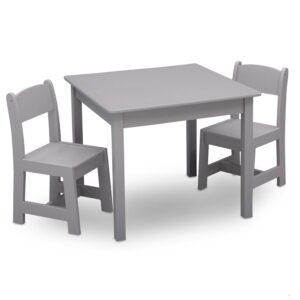
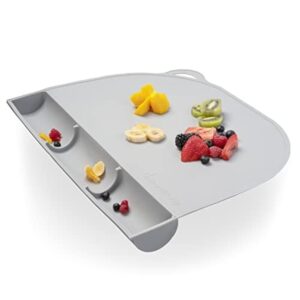
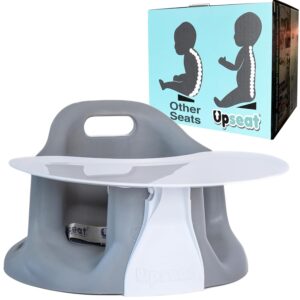
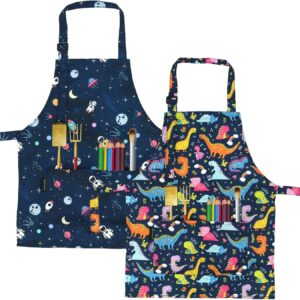
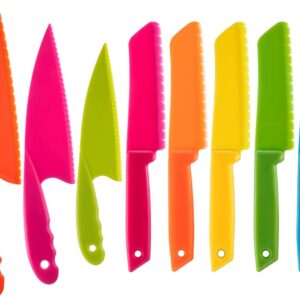

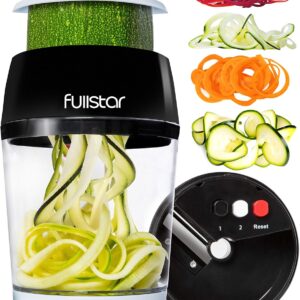

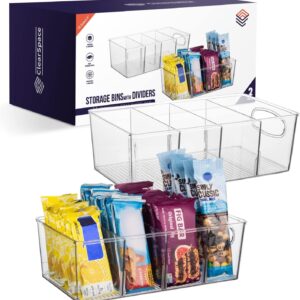

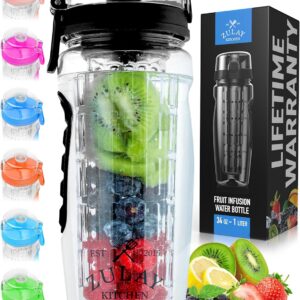
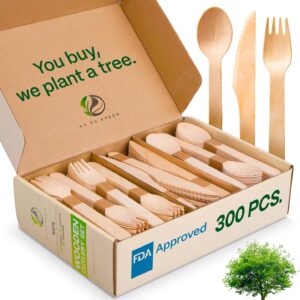

Add Comment